The Positives/Negatives of Swimming Short Course Yards: An International Perspective
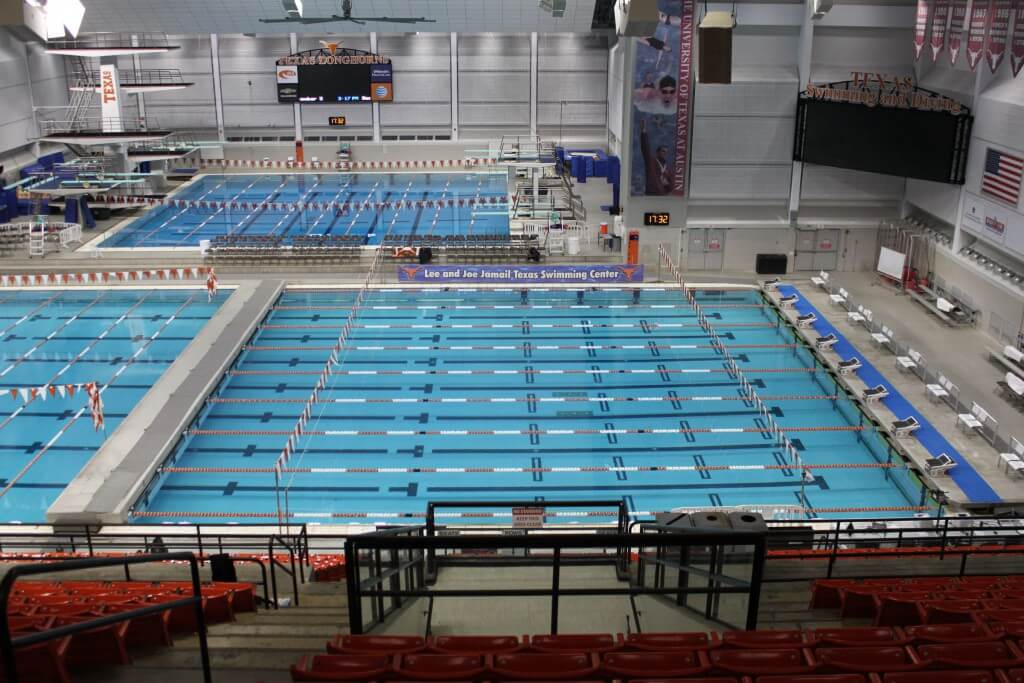
The Positives/Negatives of Swimming Short Course Yards: An International Perspective
By Jinq En Phee (Archive)
For many of the NCAA’s international swimmers, training and racing in short course yards is a new experience. These swimmers have focused primarily on long course meters, and often not raced in any pool shorter than 25 meters. Other than the FINA World Cups and the World Short Course Championships, the majority of significant international meets are held in long course meters. So, it makes sense that internationally swimmers may only train in long course most of the time.
In the United States, swimming is different. Compared to most of the rest of the world, the Americans do things a little differently. Americans use different units of measurement: Fahrenheit instead of Celsius, miles instead of kilometers, feet instead of meters… and the list goes on. Swimming wise, Americans frequently swim in short course yards instead of long course meters. For international swimmers trying yards for the first time, here are some pros and cons of swimming short course yards.
Pros:
Opportunity to work on your turns
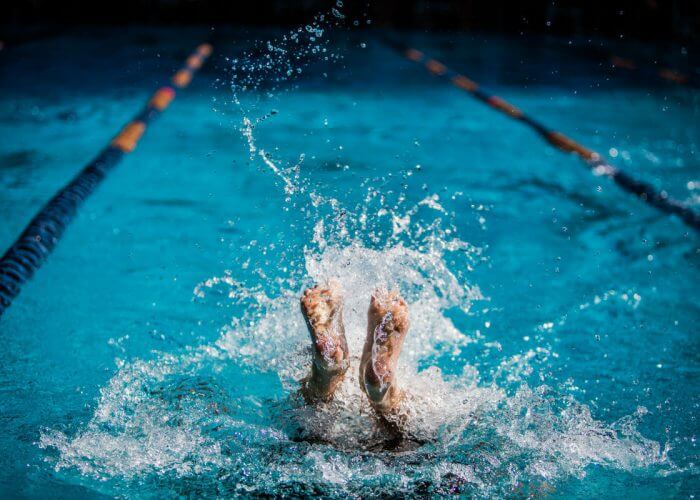
Photo Courtesy: Matt Rubel of Rubel Photography
More walls, more turns. Compared to long course meters, you now have twice the opportunity to work on your turns and push-offs. The littlest details, such as turns and breakouts are crucial in every race no matter if it’s short course or long course.
Former 100 breast American record holder Breeja Larson said that the little details in her turn helped make a difference in her performance. Olympic gold medalist Nathan Adrian also said that the little things like approaching the wall right are important during a race. So it’s important to work those details during practice so you can execute them well during a race.
Brand new side of competitive swimming
There are two types of swimmers: One is better at long course and the other one at short course. But of course, there are swimmers who are equally good at both, but there aren’t many of them. Outside of the United States, the majority of the competitions are held in long course meters. This means that majority of the swimmers in the world have no options but to only swim long course.
Some swimmers do not realize how good they are in short course until they’ve raced in it. The United States offers many meets in short course, and if you’re good at it, the stage is all yours.
More breath control and underwater work
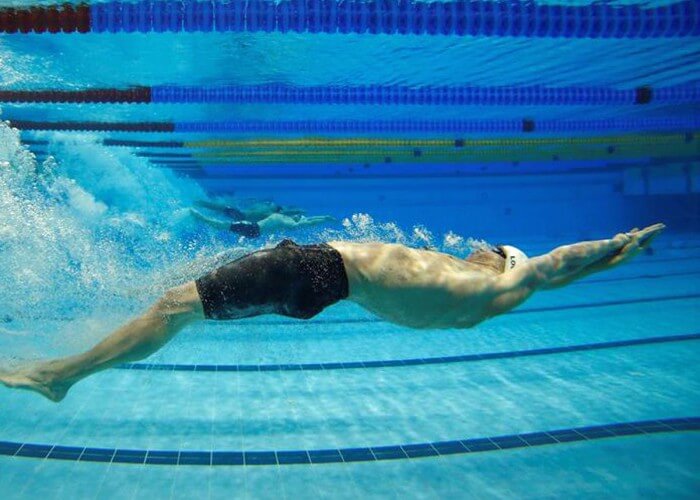
Photo Courtesy: FINA Doha 2014
Underwater is swimming’s not-so-secret fifth stroke, and Michael Phelps used that as a weapon to win many of his races. Swimming short course yards means there are twice as many walls for you to work on your underwaters. In the meantime, being underwater also means you have to hold your breath more.
Increasing your lung capacity is an important part of training, plus being able to hold your breath longer benefits you in many ways. For instance, you’ll find keeping your head down in the final meters of your race easier.
Cons:
Too many walls
Although short course yards means there are more opportunities for you to work on turns and underwaters, sometimes it’s too much. Unless you’re a really disciplined swimmer, things would probably start to get a little sloppy after a few turns.
Having great walls can be a true differenc emaker in short course racing. Being able to carry the momentum into and out of the wall without losing speed is crucial in short course races, so if you’re bad at turns, short course might not be ideal for you.
No room for errors
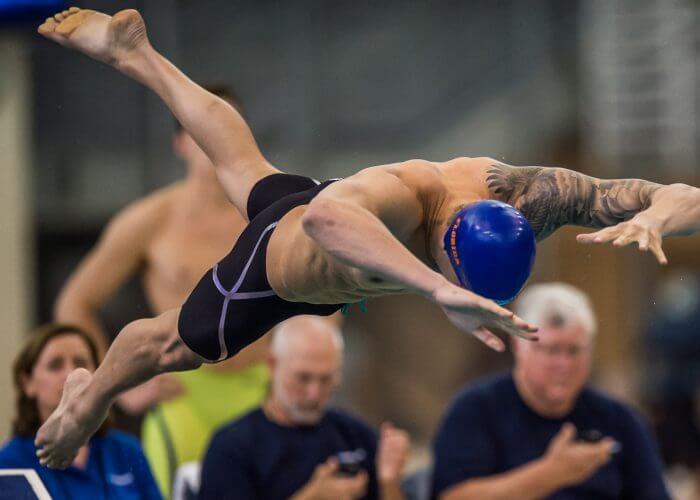
Photo Courtesy: Peter H. Bick
If you’re a sprinter, you can’t risk making a single mistake. One extra stroke or one less dolphin kick, and your whole race can be in jeopardy. You have to time each of your strokes perfectly so you don’t finish needing half a stroke into the wall or gliding in.
At the end of the day, long course matters
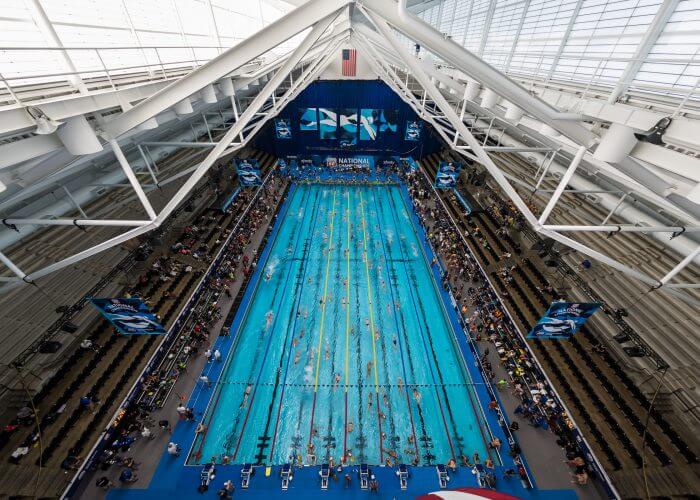
Photo Courtesy: Peter H. Bick
Yes, the major meets in the world are in long course meters. The Olympics, World Championships, Pan Pacs, et cetera… you name it. Although training in short course yards isn’t a bad thing, over a long period of time, it might alter your stroke tempo and your perspective of a 50-meter pool. Once you start training short course yards, you might think that long course is too long, and it can take a while to adjust back into long the Olympic pool.
All commentaries are the opinion of the author and do not necessarily reflect the views of Swimming World Magazine nor its staff.




Complexo lindo…
Juan Carlos Soto Adriel Natan
Xavier Ramos Oliver
America needs to catchup to the rest to the rest of the World. Yards don’t exist! Miles don’t exist.
SCY hurt international swimmers